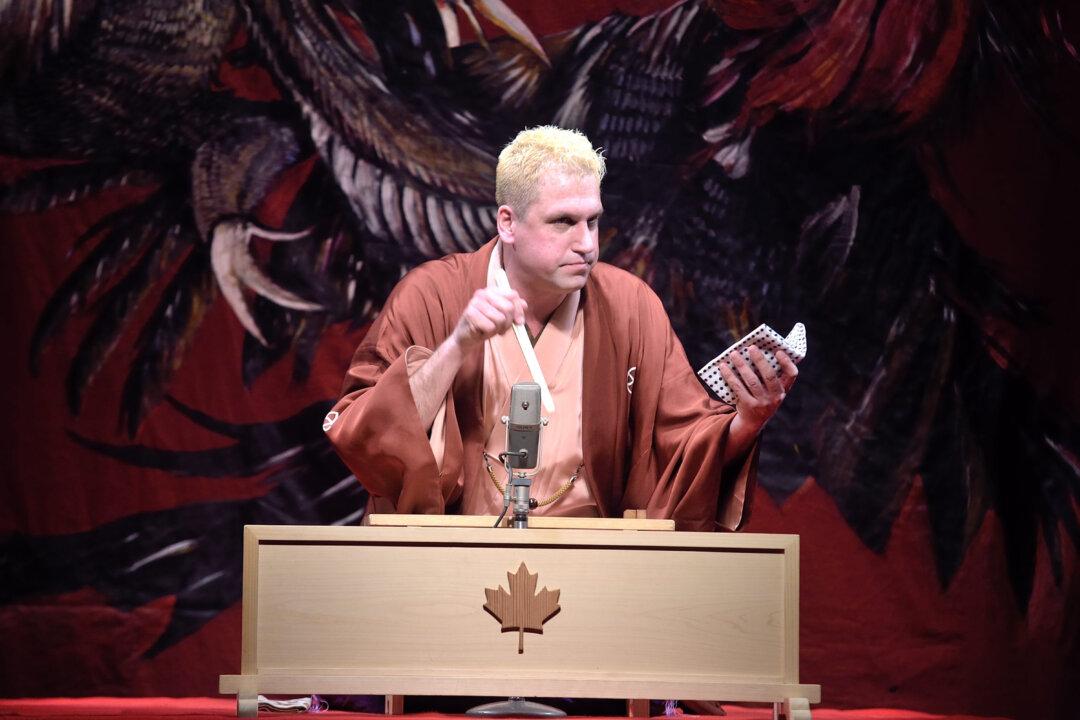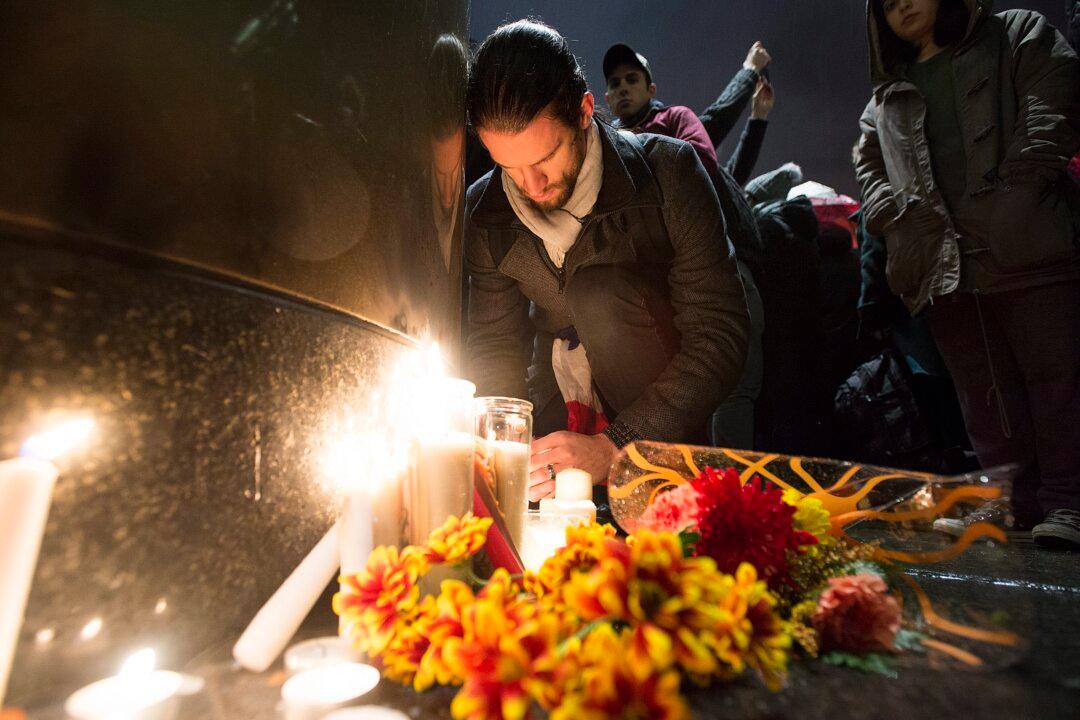Humour is something that can transcend cultures and Katsura Sunshine is touring the world to prove it as he presents the 400-year-old traditional Japanese comic storytelling art of rakugo.
Born in Toronto as Gregory Robic, Sunshine fell in love with the ancient art while studying Noh and Kabuki theatre in Japan, where he has lived since 1998. He was immediately drawn to the format and decided he wanted to learn all about it. It takes years to learn the art, and students need to ask a rakugo master to teach them his particular storytelling skills.
Katsura Bunshi VI, a renowned master of rakugo who has written over 200 original stories, agreed to take Sunshine as an apprentice and spent three years teaching him the fine art of Osaka-based kamigata storytelling.





